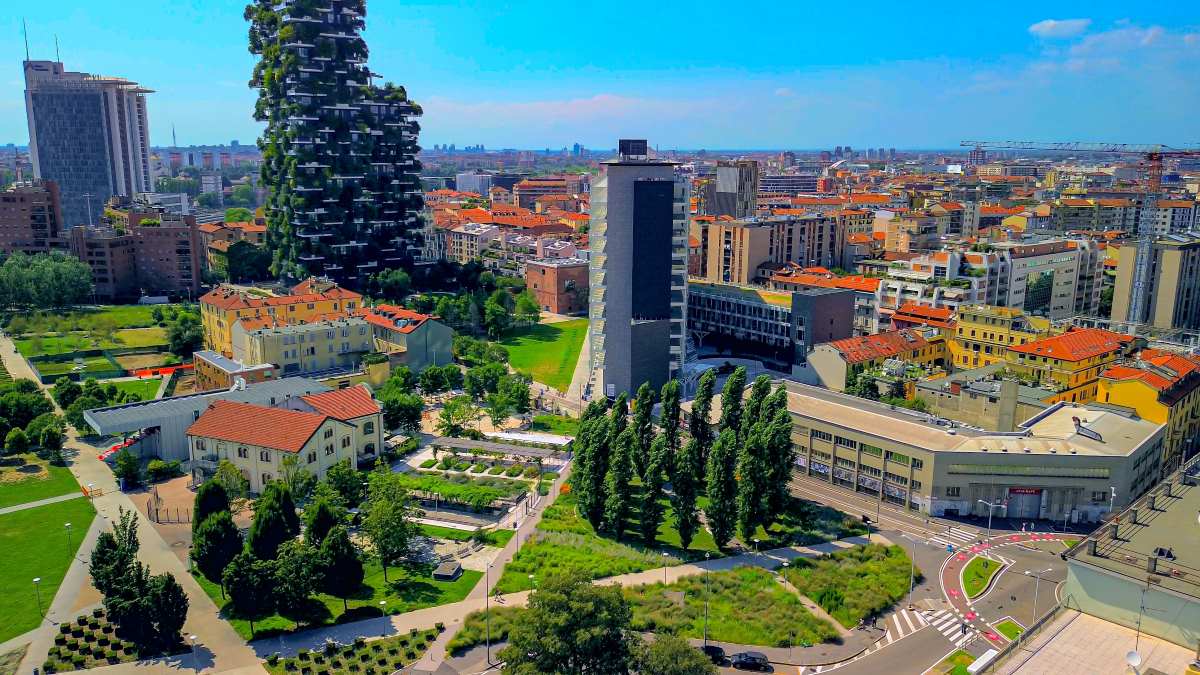Milan is the capital of design, acting as a driving force for the sector at the national level. Fifteen percent of businesses are located under the Madonnina
Says the ‘Design Economy 2023’ report presented by the Symbola Foundation
The Italian capital of design is Milan, a driving force for the sector’s economy at national level, with 30,000 companies, making it the leader in Europe. The Lombardy capital is able to generate 18% of the national territorial added value and is home to 15% of the sector’s companies.
This is confirmed by the “Design Economy 2023” report presented by the Symbola Foundation, Deloitte Private and POLI.design. The fact that Milan hosts the Salone del Mobile and the Fuorisalone, two of the world’s biggest design events, plays a key role in this.
Milan is followed by Rome and Turin.
This is in line with the general trend for design companies and professionals to operate mainly in metropolitan areas, where they can enjoy greater national and international visibility. In fact, four out of ten companies in the district operate abroad (44%, 8.9% outside the EU), while the remaining share is mainly national (45%) or, to a lesser extent, local (10.8%).
After the Milan metropolitan area comes Rome, with 6.7% of value added and a concentration of enterprises of just over 5%, followed by Turin, with 7.8% but a lower value added than the capital (5%). Milan is the main driver of the north-central region: the companies are spread over the entire national territory, but with a particular concentration in the specialised Made in Italy sectors in the regions of Lombardy, Piedmont, Emilia-Romagna and Veneto, where 60% of the companies are located.
Sustainability as a growth driver
The design sector has also withstood the economic crisis that has affected many sectors. Made in Italy companies have shown great strength and adaptability in recent years, marked by the pandemic, the war in Ukraine and the resulting inflation.
Despite such a complex scenario, Italy remains the European country with the highest number of companies active in the sector, thanks to a vision that aims to promote sustainability as a driver of growth. Design seems to have fully embraced the challenges of the ecological transition.
It is in this change of approach that design can play a crucial role. While the majority of designers and industry professionals feel generally well prepared for the issue, claiming high (33.9%) and medium (55.1%) levels of competence, the current focus on sustainability is on durability (57.6%) and, secondarily, on reducing the use of raw materials and energy (43.4%).
Furniture leads the sector with over 70% of companies
The convergence of supply and demand for sustainable design services is already evident in the design of more sustainable raw materials and the optimisation of resource use. These priorities represent the main areas in which companies and designers working in these sectors expect design to respond in terms of sustainability.
The sectors driving the demand for sustainable design services are mainly Made in Italy sectors. The furniture sector (70%) is at the forefront, followed by the automotive industry (56%), real estate – ceramics, flooring, and structural elements (38%), clothing (30%), and agri-food (13.3%).
Education: an increase in institutions by 12%
Simultaneously, greater importance is being given to Italian education in the field of design. Compared to 2022, the number of accredited and activated courses has increased by 4%, and the number of institutions has increased by 12%, particularly in the case of universities and other institutions authorized to award AFAM (Higher Education in Art and Music) degrees. Not only have institutions increased, but so has the demand and the number of students, amounting to 14,907, which is 3.87% more than in the previous academic year.
The educational system is spread throughout the country, with 91 institutions accredited by the Ministry of Education: 28 universities, 16 academies of fine arts, 15 legally recognized academies, 26 private institutions authorized to award AFAM degrees, and 6 ISIA (Higher Institutes for Artistic Industries). This totals 303 study programs, distributed across various educational levels and specializations. Prominent institutions include the Polytechnic University of Milan, the European Institute of Design (IED), and the New Academy of Fine Arts (NABA).





